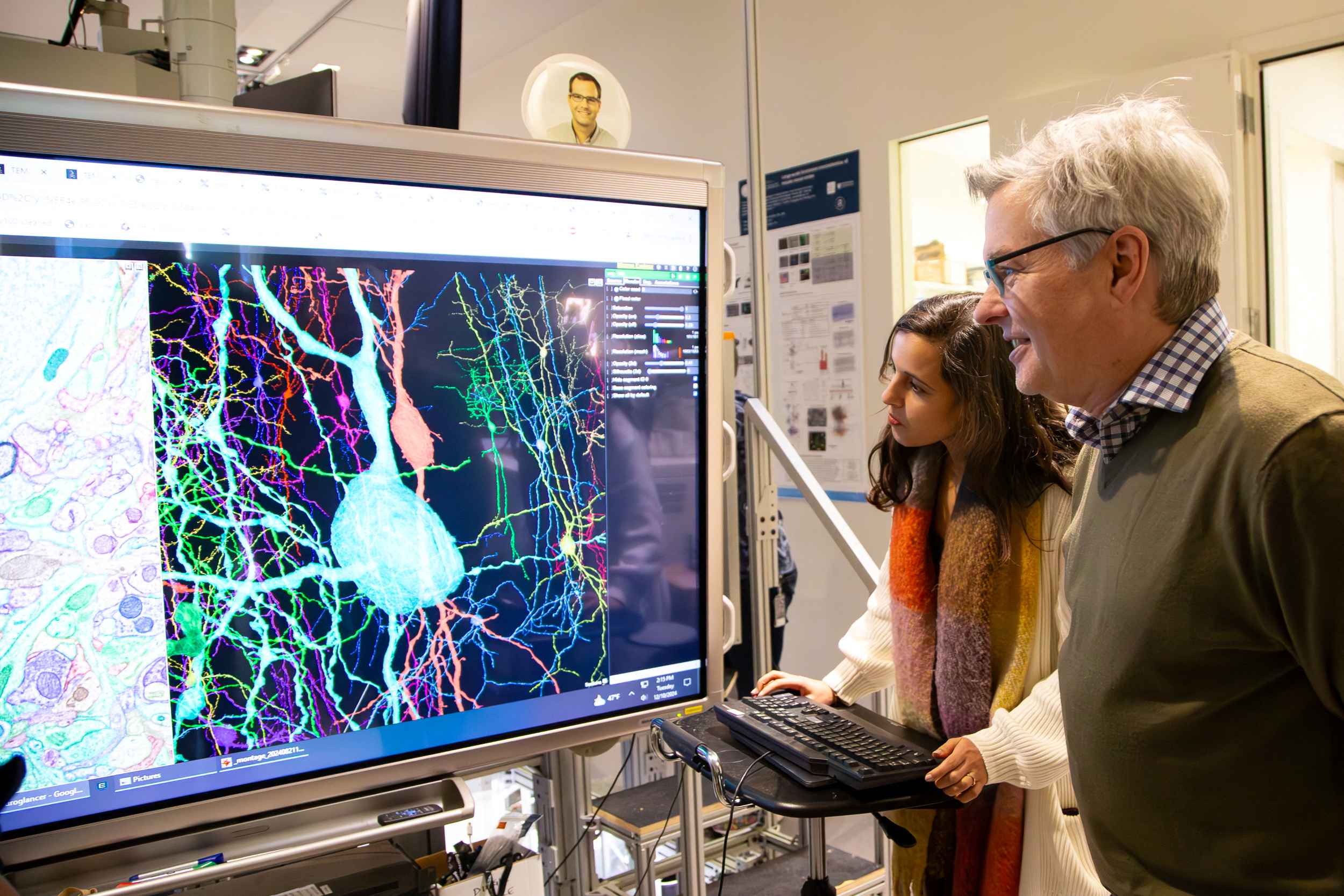In a groundbreaking study, neuroscientists have meticulously mapped the most detailed wiring diagram and functional map of a mammalian brain to date, focusing on a miniscule tissue sample from a mouse’s primary visual cortex.
This ambitious project, part of the Machine Intelligence from Cortical Networks initiative, involved hundreds of scientists from various institutions.
The research centered on a tissue fragment no larger than a grain of sand, encompassing more than 200,000 cells, including approximately 84,000 neurons, and about 524 million synapses. This complex network spans an estimated 5.4 kilometers of neuronal wiring. The primary visual cortex, responsible for processing visual information from the eyes, served as the focal point of this extensive mapping project.
To achieve this endeavor, researchers used genetically modified mice whose brain cells illuminated upon activation. By exposing these mice to various visual stimuli, including scenes from “The Matrix” films, scientists were able to observe and record neuronal responses. Subsequent imaging at the Allen Institute allowed for the assembly of these neurons in three dimensions.
Artificial intelligence and machine learning techniques, developed by Princeton University researchers, were then utilized to reconstruct the neurons and determine their connection patterns.
One of the critical discoveries from this study was the identification of highly specific connection patterns in inhibitory neurons, according to Reuters. Unlike previous assumptions that these neurons formed random connections, the research revealed that inhibitory neurons selectively connect with particular neuron types, challenging existing notions of neural connectivity.
By providing a comprehensive map of neuronal connections and their functions, the nearly seven-year-long study offers insights into how brain structure relates to function, the understanding of which is crucial for unraveling the intricacies of neurological disorders which may arise from wiring abnormalities, simultaneously acting as a stepping stone towards the ultimate goal of modeling human brain functions.








